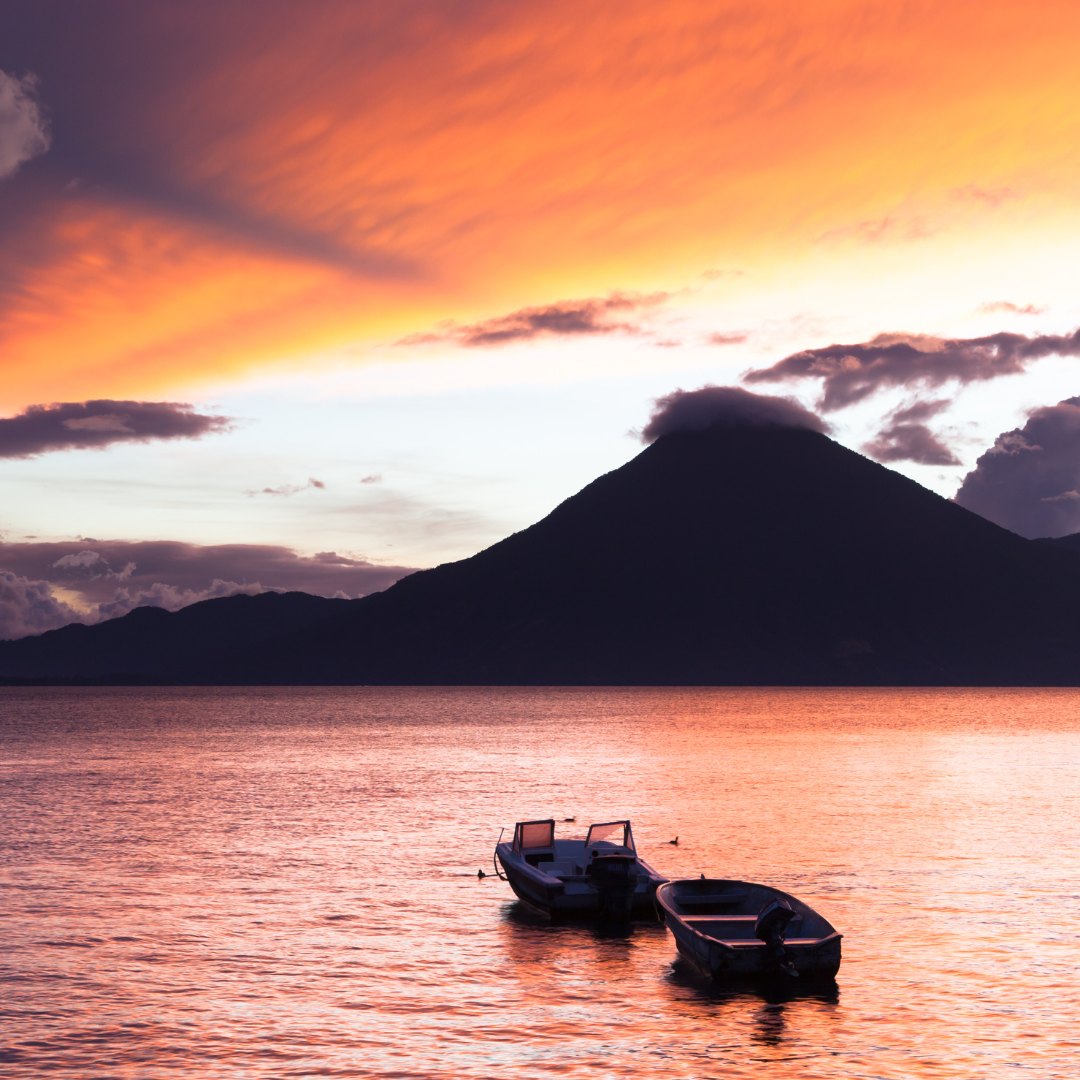Navigating Lake Atitlán: Discovering the Beauty and Culture of Guatemala’s Famous Highland Lake

Lake Atitlán, often referred to as the “jewel of the highlands,” offers more than just a beautiful vista. It is a confluence of nature, history, and culture, woven intricately around the serene, blue waters. Set against the backdrop of magnificent volcanoes and enveloped by lush green hills, this lake has captured the imagination of many. Beyond its mesmerizing landscapes, Lake Atitlán is also a mosaic of indigenous traditions, spiritual significance, and age-old crafts, offering a unique journey to those who traverse its shores.
The Majesty of Lake Atitlán: Geography and Formation
Lake Atitlán, nestled in the Guatemalan Highlands, stands as one of the deepest lakes in Central America, reaching depths of over 340 meters. Its formation is the result of a cataclysmic volcanic eruption some 84,000 years ago. The massive explosion created a colossal depression which, over time, got filled with rainwater, thus giving birth to the lake we admire today. Surrounded by steep escarpments and three towering volcanoes – Atitlán, Tolimán, and San Pedro – the lake presents a panoramic spectacle of natural beauty.
The Twelve Lakeside Villages: A Mosaic of Cultures
Scattered around the lake’s perimeter are twelve quaint villages, each with its distinct charm and identity. While Panajachel serves as a bustling gateway for tourists, others like Santiago Atitlán preserve ancient traditions and rituals. As you navigate from one village to the next, you’re treated to an array of experiences: from the lively markets of Sololá to the serene beaches of Santa Cruz La Laguna. Together, these villages form a living tapestry that showcases the diverse cultures of the indigenous Maya peoples.
Volcanic Silhouettes: Panajachel, San Marcos, and Beyond
The silhouette of the three sentinel volcanoes against the horizon is a sight to behold, especially during sunrise and sunset. Panajachel, the primary entry point for many travelers, offers spectacular views of the volcanoes and is a hub of activity with its myriad restaurants, shops, and hotels. Meanwhile, San Marcos La Laguna, often dubbed the “spiritual hub” of the lake, is known for its meditation retreats and yoga schools, set amidst serene surroundings.
Spiritual Significance: Ancient Beliefs and Modern Rituals
For centuries, the lake has held immense spiritual importance for the indigenous Maya communities. Legends tell of ancient deities residing in its depths, and many rituals are performed on its shores. Today, this spiritual reverence is a blend of age-old Maya customs and modern practices. Places like San Juan La Laguna still echo with ancestral chants, while the Church of St. Peter in San Pedro La Laguna stands as a testament to the fusion of Maya and Christian beliefs.
Traditional Crafts: Weaving and Artistry by the Lake
A trip around Lake Atitlán is incomplete without admiring the local crafts. Weaving, particularly, is a revered art form. Women in villages like San Antonio Palopó use backstrap looms to produce intricate textiles that tell stories of their heritage. Markets in towns like Santiago Atitlán brim with colorful handicrafts, from beaded jewelry to ornate wooden masks, each telling a tale of the region’s rich artistic traditions.
Navigational Tips: Safe Sailing on Atitlán’s Waters
Lake Atitlán’s calm waters can be deceptive. Rapidly changing weather conditions, especially in the afternoons, can make boating challenging. It’s essential to hire experienced boat operators and avoid afternoon sails when winds are unpredictable. Always ensure that life jackets are available and in good condition.
Sustainable Tourism: Protecting the Lake for Future Generations
As Lake Atitlán gains popularity among tourists, it’s vital to approach it with a sense of responsibility. Visitors should prioritize eco-friendly accommodations, minimize waste, and support local businesses. By respecting the lake’s fragile ecosystem and the communities that depend on it, travelers can ensure that this natural wonder remains pristine for generations to come.
In the heart of Guatemala lies a sanctuary of nature and culture – Lake Atitlán. As we delve deep into its stories, landscapes, and traditions, we are reminded of the delicate balance between man and nature. The lake beckons with its enchanting beauty, but it also implores us to tread lightly, cherish its treasures, and contribute to its legacy. For in the ripples of its waters lie the reflections of history, culture, and the very essence of life itself.


